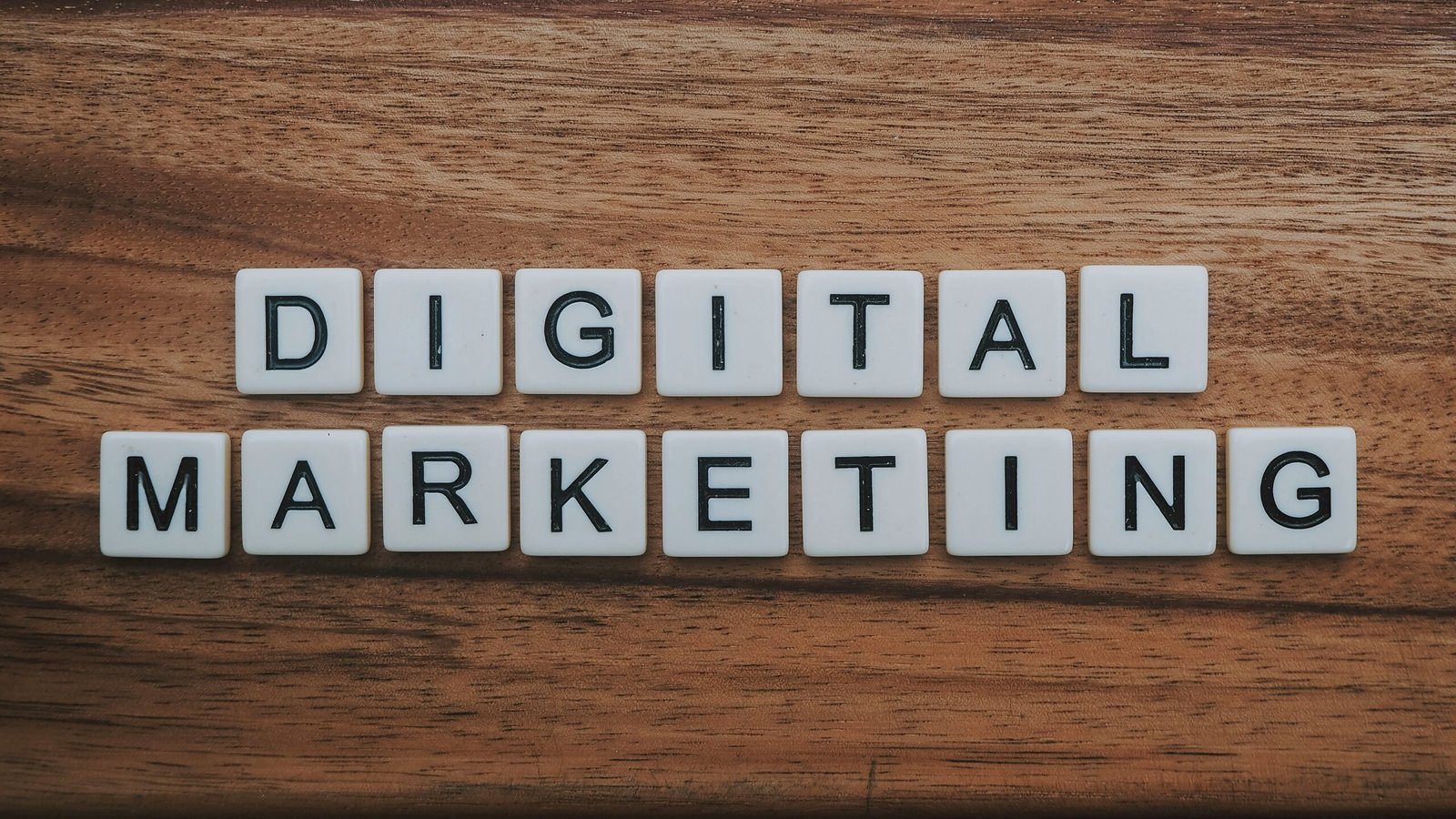Understanding Digital Marketing
Digital marketing is a strategic approach to promoting products or services using digital technologies. In today’s modern world, where the internet has become an integral part of our lives, digital marketing has emerged as a powerful tool for businesses to reach their target audience and achieve their marketing goals.
The Components of Digital Marketing
Digital marketing encompasses a wide range of components that work together to create an effective marketing strategy. These components include:
1. Search Engine Optimization (SEO)
SEO is the process of optimizing a website to improve its visibility in search engine rankings. By optimizing a website’s content, structure, and technical aspects, businesses can increase their organic (non-paid) traffic and improve their online presence.
2. Pay-Per-Click Advertising (PPC)
PPC advertising involves placing ads on search engines and other digital platforms, and businesses pay a fee each time a user clicks on their ad. This form of advertising allows businesses to target specific keywords and demographics, ensuring their ads are shown to the right audience.
3. Social Media Marketing
Social media marketing involves using social media platforms to promote products or services. By creating engaging content, businesses can build a loyal following, increase brand awareness, and drive traffic to their website.
4. Content Marketing
Content marketing focuses on creating and distributing valuable, relevant, and consistent content to attract and retain a target audience. This can include blog posts, articles, videos, infographics, and more. By providing valuable information, businesses can establish themselves as industry leaders and build trust with their audience.
5. Email Marketing
Email marketing involves sending targeted emails to a list of subscribers. This allows businesses to nurture leads, build customer relationships, and promote products or services. Personalization and segmentation are key in email marketing to ensure that the right message reaches the right audience.
How Digital Marketing Works
Digital marketing works by leveraging various online channels and strategies to connect with potential customers and drive them towards a desired action, such as making a purchase or signing up for a newsletter. Here’s a step-by-step breakdown of how digital marketing works:
1. Defining Goals
The first step in any digital marketing campaign is to define clear and measurable goals. This could be increasing website traffic, generating leads, improving brand awareness, or boosting sales. Setting specific goals helps businesses stay focused and measure the success of their efforts.
2. Identifying the Target Audience
Understanding the target audience is crucial for effective digital marketing. By identifying their demographics, interests, and online behavior, businesses can tailor their marketing messages to resonate with their target audience and increase the chances of conversion.
3. Developing a Strategy
Once the goals and target audience are defined, businesses can develop a digital marketing strategy. This involves selecting the appropriate channels and tactics to reach the target audience effectively. A well-rounded strategy may include a combination of SEO, PPC, social media marketing, content marketing, and email marketing.
4. Implementing the Strategy
With the strategy in place, businesses can start implementing their digital marketing efforts. This could involve creating and optimizing website content, running PPC campaigns, managing social media accounts, producing engaging content, and sending targeted emails.
5. Monitoring and Analyzing Results
Monitoring and analyzing the results of digital marketing campaigns is essential to measure success and make data-driven decisions. By tracking key metrics such as website traffic, conversion rates, and engagement, businesses can identify what is working and what needs improvement.
6. Making Adjustments
Based on the insights gained from monitoring and analyzing results, businesses can make adjustments to their digital marketing strategy. This could involve refining targeting parameters, optimizing ad campaigns, tweaking website content, or adjusting the frequency and timing of email campaigns.
7. Continuous Improvement
Digital marketing is an ongoing process that requires continuous improvement. By staying up to date with industry trends, consumer behavior, and emerging technologies, businesses can adapt their strategies to stay ahead of the competition and achieve long-term success.
Conclusion
Digital marketing plays a crucial role in today’s modern world. By leveraging various online channels and strategies, businesses can reach their target audience, build brand awareness, and drive conversions. Understanding the components of digital marketing and how they work together can help businesses develop effective strategies and achieve their marketing goals.

